Peony Coral charm
The peony is often referred to as the king of flowers. This unspoken title puts an ornamental plant on a par with a rose. Thanks to the labors of breeders, today there are many beautiful peony varieties, whose appearance gives rise to the most pleasant feelings in the heart. A vivid proof of this is Coral charm.
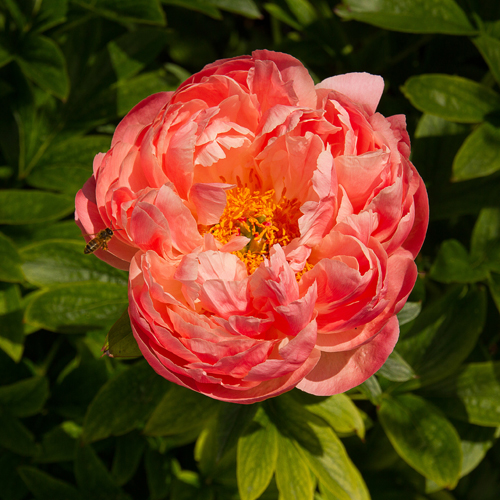
History of appearance
This type of lovely flower belongs to the coral series created by American Sam Wissing in the 60s. In addition to our hero, this category also includes other interspecific hybrids: Coral Supreme, Coral Sunset. By the way, the overseas handsome man can also be referred to as Coral charm. In its appearance there is the merit of another scientist - Arthur Sanders, who at the beginning of the 20th century was the first to achieve the emergence of interspecific hybrids with such shades of petals as pink-orange, salmon and coral. And Wissing simply continued the work started by Sanders, receiving a gold medal for his achievement in 2002.
Description of the variety
The herbaceous peony belongs to the group of semi-double perennial plants. This is a meter-long bush with long strong stems of a reddish hue, dark green carved foliage of a narrowed shape, often with a purple tint. The shoots of Coral charm are so thick, fleshy and strong that the appearance of large inflorescences does not contribute to their deformation. Each stem in early June is crowned with one to three large buds.
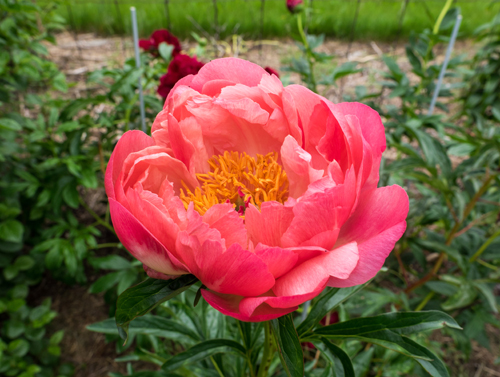
Coral charm blooms in early June. Opening, the buds gradually change their color: the dark salmon shade turns into a rich coral-peach tone, characteristic of the inflorescence in the phase of complete dissolution. The flower shape is cup-shaped, the diameter is from 17 to 20 cm. The middle is distinguished by bright yellow stamens. If you look at the amazing flowers from the side, they resemble a satin sphere. This effect takes place due to the fact that all the wide petals that make up the bud are bent towards the center. In addition, their edges are provided with light stripes. During the long flowering period, the culture exudes a soft floral aroma. The petals of the fading inflorescence lose their coral color, turning into tangerine yellow due to burnout in the sun.
The variety has good drought resistance, high frost resistance (it does not freeze when the air temperature drops to -40 ° C), therefore it is suitable for growing in the middle climatic zone. The peony is not susceptible to diseases, rarely falls prey to insect pests. Coral charm is not capricious.

Agrotechnical features
To place an ornamental bush on a site, you should choose an open place filled with diffused sunlight. The plant needs protection from drafts. American hybrid Coral Sharm prefers loamy, slightly acidic soil. Before planting, the soil is enriched with humus and superphosphate, after that, the substrate is moistened and mulching is carried out.
You can water a peony up to three times a month. The plant also needs periodic weeding. The soil around the flower is regularly loosened. In autumn, all shoots on the Coral charm are cut off, and the resulting stump is sprinkled with ash. In the first years of a flower's life, foliar feeding is preferred. Adult specimens are fertilized with a mineral complex three times per season.
Use cases
Hybrid Coral charm is wonderful in single plantings, in group garden compositions and mixborders. It is combined with other flowering perennials and decorative deciduous crops. Clematis, phlox, roses will make an excellent company to the plant. Florists incorporate coral peony flowers into beautiful bouquets.

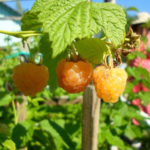
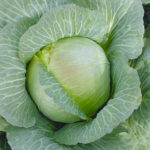
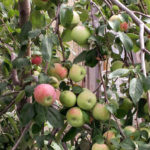
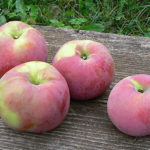
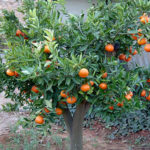



Among more than 20 varieties of peonies, Coral Charm stands out for its unusual bright colors. From a distance, you can't say that this is a peony: it looks more like a rose. Flowers are always large, but, thanks to strong shoots, they do not need props. But there are not so many flowers on the shoots.
It grows, in comparison with other varieties, not quickly. For me this is a plus - I have to update the bush less often. It hibernates perfectly, care-free. I recommend landing.
I admired the beauty for only one day. The next day, the sun burned out, became pale, almost white